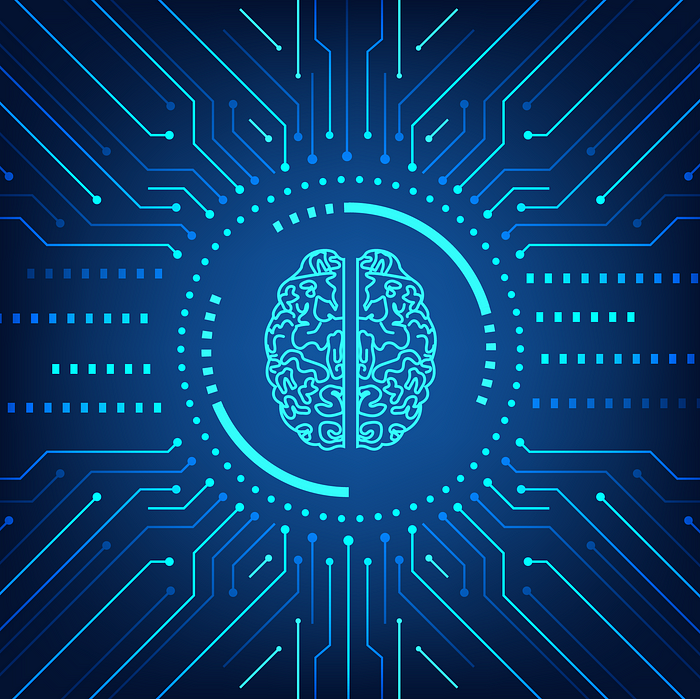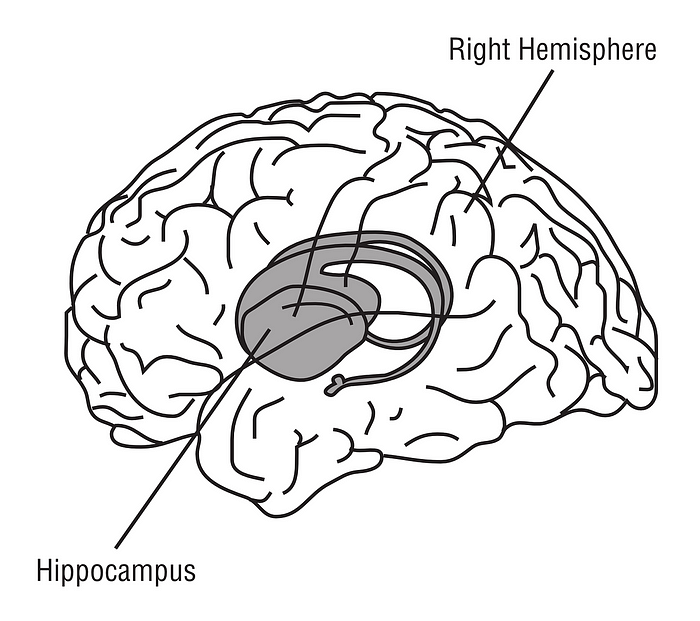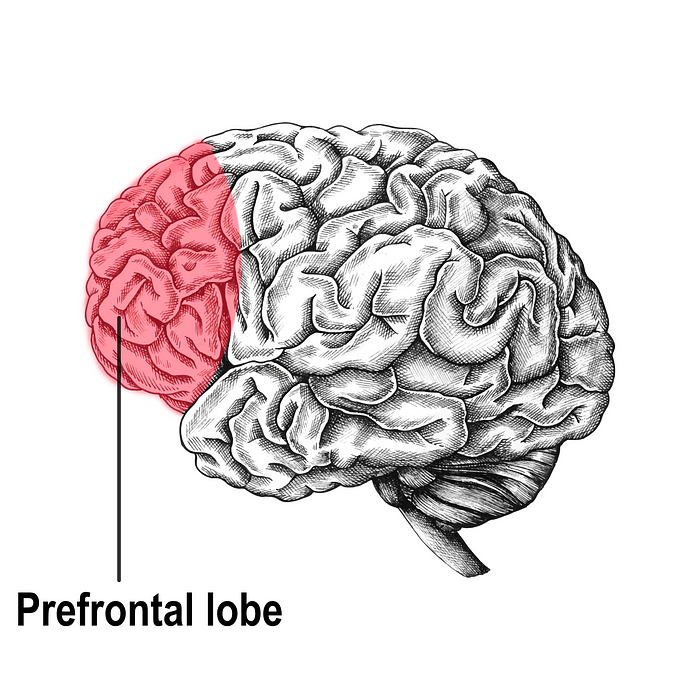How Does Our Brain Store Memory?

When it comes to the human brain, there’s a lot that it can do. Perhaps one of the most amazing capabilities of the brain is its memory. Compared to other intelligent animals, the capacity for memory that the human brain has is something else entirely. Many people praise dogs, often considered to be a smart animal, for simply remembering commands. The same applies to monkeys and other primates.
With as advanced as the human memory is, it can be somewhat difficult to try and understand how it works. Memory in itself is a complicated topic with a considerable amount of speculation. After all, the brain isn’t entirely understood yet. However, there are some aspects that scientists have figured out. For instance, scientists believe that they understand how the human brain stores memories for later use, whether in the short-term or long-term memory.
However, before you can understand how the brain stores memories, there are a few other things that you need to understand first. Understanding the different types of memories, what stages of memory there are, and how memories are classified is important. You should also understand what parts of the brain are involved in storing memories, and how the brain sorts through all the accumulated memories you have obtained over the course of your life. While this might seem like a lot of information to take in at first, it will quickly begin to make sense.
What Exactly Are Memories, and How Does Storing Them Work?
To understand how the brain stores a memory, you first have to understand how memories work. For example, no memory can exist solely on its own. Memories are broken down and “sorted” into windows of time. This is one of the reasons why it is harder to remember things that happened long ago, but when you start thinking about it, you begin to remember a lot of things that happened from that time period.
There are also several different types of memories. There are sensory memories, short-term memories, and long-term memories. Most people are familiar with the concept of short-term and long-term memories. Short-term memory typically involves remembering things such as your hotel room number when you are travelling and memorizing a shopping list. Long-term memories, on the other hand, are technically short-term memories that have been moved to a deeper part of the brain. Here, in the hippocampus, memories are condensed into more of an episodic-like format where you experience the whole event, rather than the specific sights, smells, and sounds. These are the two types of memories that you will need to know about if you want to understand how the brain stores memories.
What Is Sensory Memory?
Sensory memory can be considered the first stage of remembering something. As the name might suggest, it involves picking up information from the environment through your senses. A sensory memory will generally last for only a few seconds. A good example would be if your family often lit scented candles at the dinner table, when you smelled those candles, you would remember being at that dinner table shortly after. While these are not as prominent as short-term and long-term memories, sensory memories play a role in the information processing part of your brain.
What Is Short-Term Memory?
Short-term and long-term memories are handled, processed, and stored in different manners. To ultimately understand how the brain stores memories, you will have to think about them separately. Short-term memories are usually handled by the prefrontal lobe of the brain, which is a highly intricate and developed part of the brain. In fact, it doesn’t fully develop until a person reaches their 20s. These memories, whether it is a move that you should make in a chess game or a credit card number, are handled and stored in this part of the brain for a short period of time. With that being said, the more that you think about a specific short-term memory, the more solid the connection between the neurons in your brain associated with that memory will become. With enough thinking, any short-term memory can be “translated” into a long-term memory in the hippocampus, becoming something that you can remember with sensory stimulation, such as music or seeing something.

What Is Long-Term Memory?
A long-term memory is a memory that has been “moved” to the hippocampus. This is a part of the brain that is specifically dedicated to memories, and it can be considered the central hub of where memories are stored. All memories are played through the hippocampus to some extent, even short-term memories. This is how neuron pathways are formed in the hippocampus to turn short-term memories into long-term ones. Long-term memories tend to lose many of the sensory details of the events involved, such as the sounds, the smells, and the physical feelings that you felt. Instead, these long-term memories become an episodic memory, condensing all of the short-term memories focused on the details into one, larger “file,” so to speak. For a short-term memory to be translated into a long-term one, it goes through the hippocampus several times over. The hippocampus helps solidify that specific pattern of neurons, although the strength of the memory is going to depend on the connection between brain cells. This can really only be strengthened through repeated use, or in other words, remembering the event. In a sense, long-term memories are a physical part of the brain that, at a microscopic level, can be altered and even removed, unlike short-term memories.

What Is Information Processing and How Does it Work?
Now that you know a little bit more about what memories are and what two of the most important types of memories are, you now need to understand a little bit about information processing. Information processing, to put it simply, is the way the brain processes and works with information. This includes retrieving memories from the hippocampus or the prefrontal lobe. There are two things to remember about information processing. First, there are three stages of memorizing something. Secondly, there are four steps of the actual information processing stage.
The three stages of memory are the motions your brain goes through to bring a memory to the surface of your mind. Now that you know about the different types of memories, you can begin to put this together. First things first, there’s a good chance that a sensory memory will be your trigger. Whether it is a sight, sound, feeling, or smell that you experience, this will likely be the first part, or the trigger, to remembering something. Once this happens, the short-term memory plays a role. While it only holds information for a certain amount of time, it is useful when there is already a pre-established connection in the long-term memory department. When something is memorized enough, it will become a physical part of the hippocampus, becoming a long-term memory. There is no limit to how many long-term memories that you can have.
Essentially, the three stages of memory involve a sensory trigger, which comes from associating a sense with a particular memory. The second stage of memory is the short-term memory, often referred to as “working memory,” which usually handles strings of information such as phone numbers, plans for the day, addresses, and so on. With enough memorizing, these short-term memories become solidified in the hippocampus, where they become long-term memories. These memories can be activated at any time when you need to remember something.
What Are the Stages of Information Processing?
Now that you know even more about the stages of memory and understanding how your brain categorizes things, you can begin to understand the actual process of bringing that information from the hippocampus to the surface of your brain, where you are actively remembering an event.
The first stage of information processing is known as the “attending” stage, and this is where you are actively participating in the event that you will remember. You are physically experiencing the senses, the events, and everything that is happening. By focusing on the event at hand, you are preparing your brain to create a memory for it, and this begins the first stage of information processing.
While you are participating in the event that is going to be remembered, you move on to the “encoding” stage. This stage happens while you are experiencing the event, and it can be equated to just taking notes on the event. When you place enough importance on something to pay attention to it, your brain will start encoding it into your memory. If you don’t pay attention to an event, your brain will not bother encoding it, even if you are “attending” the event, which is why teachers put such an emphasis on paying attention in class.
As soon as your brain is done with the encoding process, it moves on to the “storing” process. As the name might suggest, this is the part of the information processing where the information is being assigned to a memory. In a sense, you can think of it as adding the notes you took in the encoding phase to a file. That file is going to become the placeholder for your actual, physical memory, or the connection between brain cells that make up memories.
Finally, you reach the last stage of information processing. This stage is known as the “retrieving” stage, and it happens any time you want to remember the information from the event you experienced. Keeping up with the analogy of taking notes and putting them into a file, the retrieval phase can be thought of as looking at the file. The more you visit that memory, the stronger the pathways will be, making it easier and easier to remember.
┃🔴 Support our knowledge sharing on Patreon: https://bit.ly/3F80FdS
